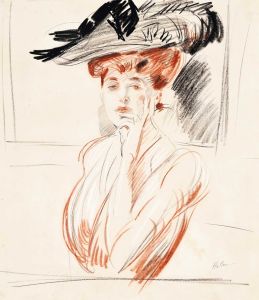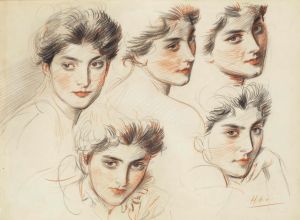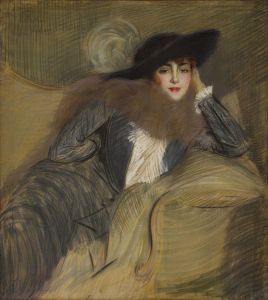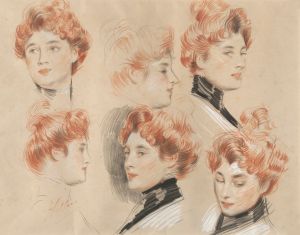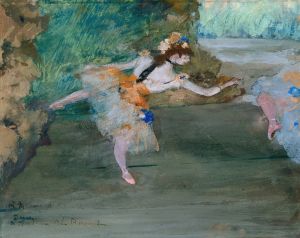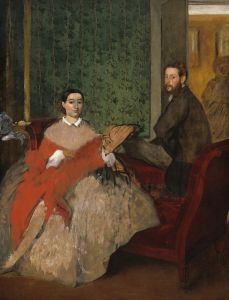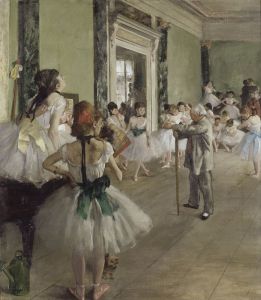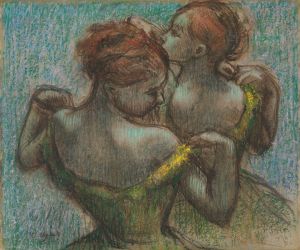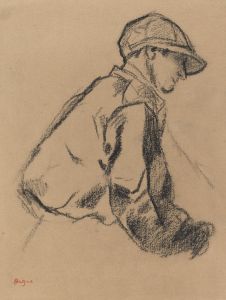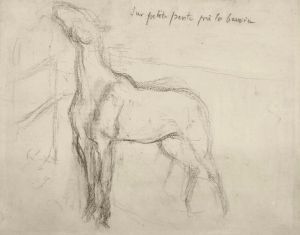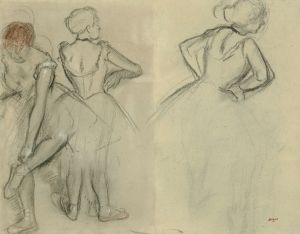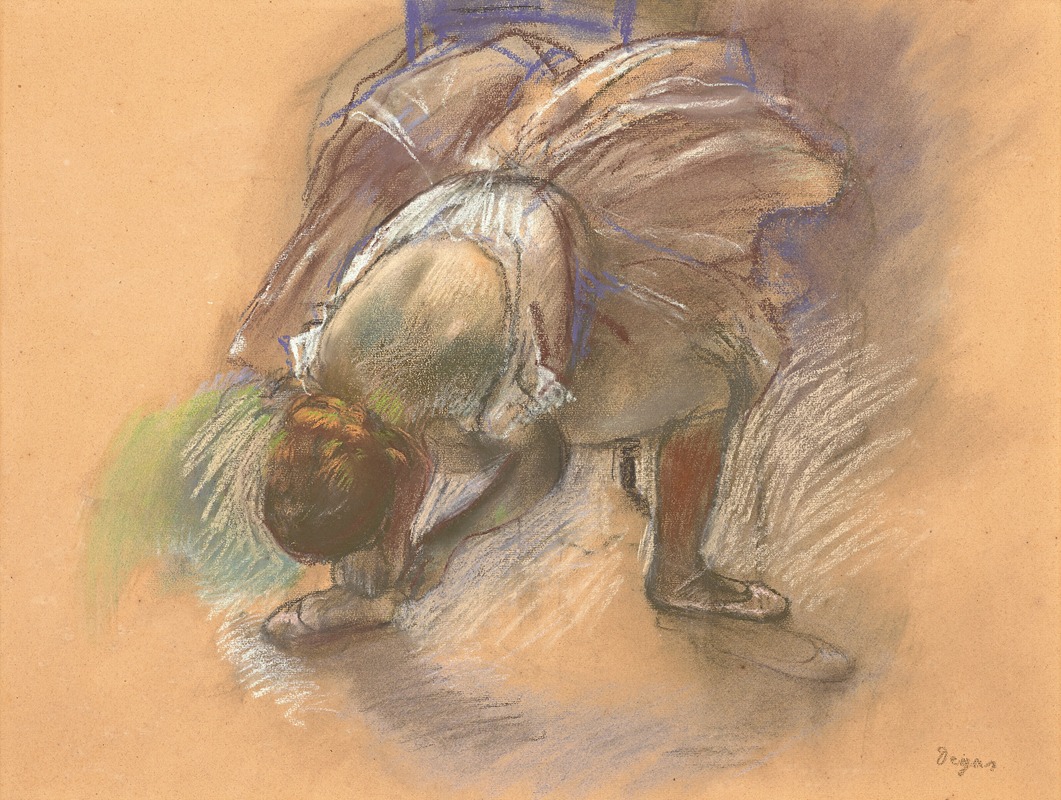
Danseuse rajustant son chausson
A hand-painted replica of Edgar Degas’s masterpiece Danseuse rajustant son chausson, meticulously crafted by professional artists to capture the true essence of the original. Each piece is created with museum-quality canvas and rare mineral pigments, carefully painted by experienced artists with delicate brushstrokes and rich, layered colors to perfectly recreate the texture of the original artwork. Unlike machine-printed reproductions, this hand-painted version brings the painting to life, infused with the artist’s emotions and skill in every stroke. Whether for personal collection or home decoration, it instantly elevates the artistic atmosphere of any space.
"Danseuse rajustant son chausson" (Dancer Adjusting Her Slipper) is a pastel drawing created by the French artist Edgar Degas. Degas, born on July 19, 1834, in Paris, France, is renowned for his depictions of ballet dancers, capturing their grace, movement, and the behind-the-scenes moments of their lives. This particular work is part of his extensive series of ballet-themed pieces that he produced throughout his career.
The drawing portrays a ballet dancer in a moment of quiet concentration as she adjusts her slipper. Degas's choice of subject matter reflects his fascination with the world of dance and his desire to capture the fleeting, intimate moments of the dancers' routines. The artist's meticulous attention to detail and his ability to convey the subtleties of human movement are evident in this piece.
Degas often used pastels for his ballet scenes, a medium that allowed him to achieve a delicate yet vibrant quality in his work. The soft texture of pastels enabled him to create a sense of immediacy and spontaneity, which is particularly effective in conveying the ephemeral nature of dance. In "Danseuse rajustant son chausson," the pastel medium enhances the sense of light and movement, with the dancer's figure rendered in fluid, expressive lines.
The composition of the drawing is carefully considered, with the dancer positioned slightly off-center, creating a dynamic balance within the frame. Degas's use of color is both subtle and striking, with the muted tones of the dancer's costume contrasting with the more vibrant hues of the background. This interplay of color and form draws the viewer's eye to the central figure, emphasizing her poised yet relaxed posture.
Degas's interest in capturing the everyday moments of dancers' lives was influenced by his broader artistic goals. He sought to depict modern life in all its complexity, focusing on scenes of contemporary Parisian society. His ballet works, including "Danseuse rajustant son chausson," are notable for their realism and their departure from the idealized representations of dancers that were common in earlier art. Instead, Degas presented his subjects as hardworking individuals, dedicated to their craft and often caught in moments of introspection or fatigue.
Throughout his career, Degas returned to the theme of ballet dancers repeatedly, producing numerous paintings, drawings, and sculptures on the subject. His works offer a unique glimpse into the world of 19th-century ballet, providing valuable insights into the lives of the dancers and the physical demands of their profession.
"Danseuse rajustant son chausson" is a testament to Degas's skill as an observer and his ability to capture the essence of his subjects with sensitivity and precision. The drawing remains a celebrated example of his work and continues to be admired for its artistic excellence and its portrayal of a moment of quiet beauty in the life of a dancer.





